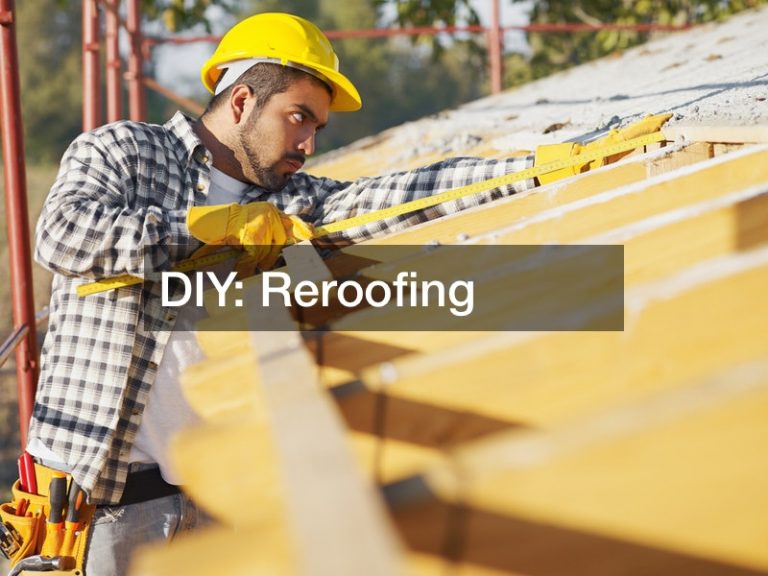
Generally, a DIY roofing repair or project is not recommended for safety reasons. But if you take the correct precautions and consider yourself knowledgeable in the area, follow these instructions for DIY reroofing.
Reroofing allows you to get more protection on your roof from the natural elements without completely getting a new roof.
Windblown heavy rain and/or snow can force water up and under even properly installed shingles. Even worse are ice dams (frozen water/snow that builds up on roof edges), which can wreak havoc by allowing water to seep up under lower shingles and then drip into your house. To guard against such seepage, apply self-adhesive waterproof underlayment (“ice barrier”), which adheres tightly to bare roof sheathing and seals around nails driven through it. Cover the rest of the roof with No. 15 asphalt-saturated felt underlayment. Each layer overlaps the lower one by at least 2 in. Follow this step by nailing drip edge along rakes (sides of roof), on top of the underlayment. find the center of the roof at the top and the eave, then snap a vertical chalk line. Most pros use this line to begin shingling, working left and right toward the rakes.
.
